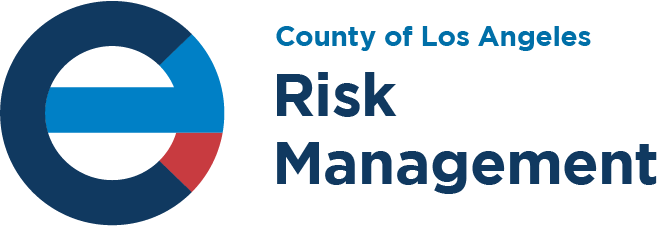About Workers' Compensation
Workers’ compensation is the oldest social insurance program; it was adopted in most states, including California, during the second decade of the 20th century. It is a no-fault system, meaning that injured employees need not prove the injury was someone else’s fault in order to receive workers’ compensation benefits for an on-the-job injury.
Workers' Compensation System
The workers’ compensation system is premised on a trade-off between employees and employers. Employees receive the prompt delivery of defined statutory workers’ compensation benefits for on-the-job injuries, and in return, the defined workers’ compensation benefits are, for the most part, the exclusive remedy for injured employees against their employer, even when the employer negligently caused the injury.
The Benefit Structure
The benefit structure defines what injured workers are entitled to receive when they sustain an injury “arising out of and in the course of” their employment. There are six basic types of workers’ compensation benefits available, depending on the nature, date, and severity of the worker’s injury:

